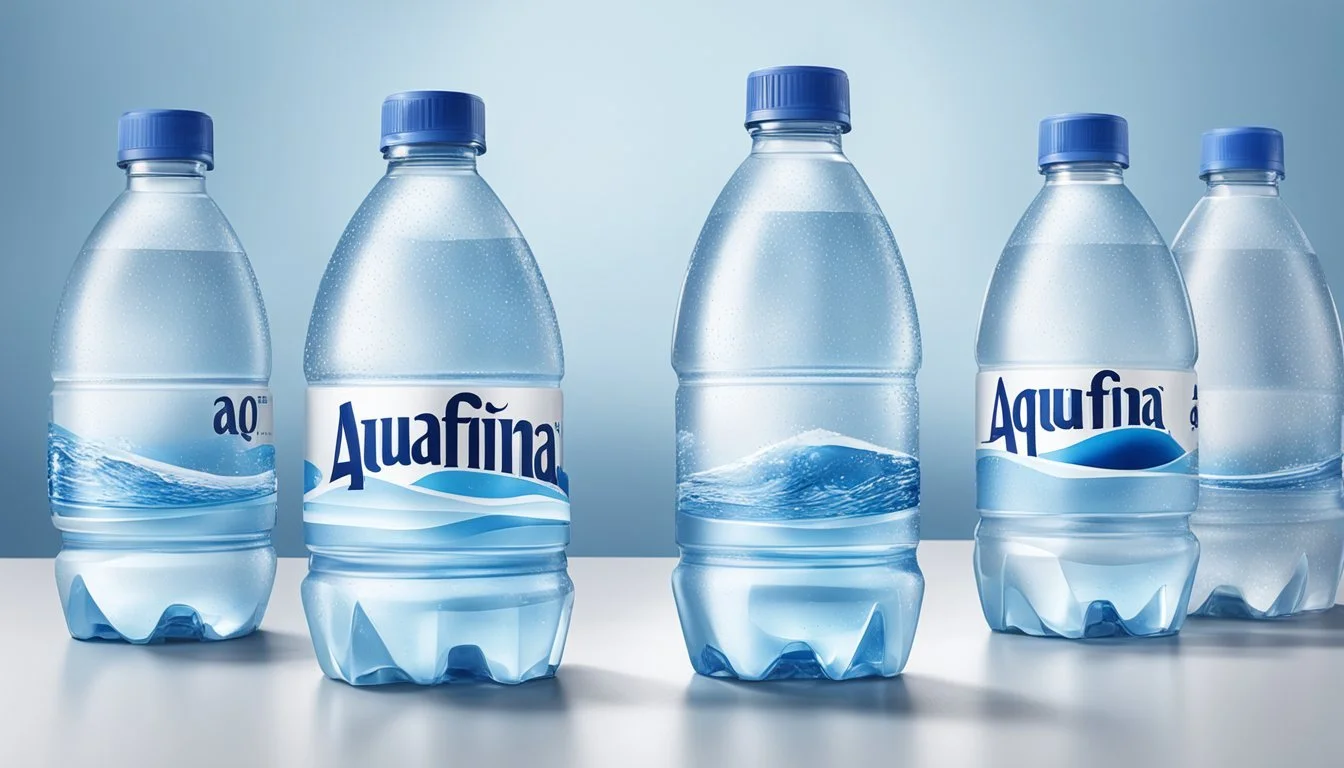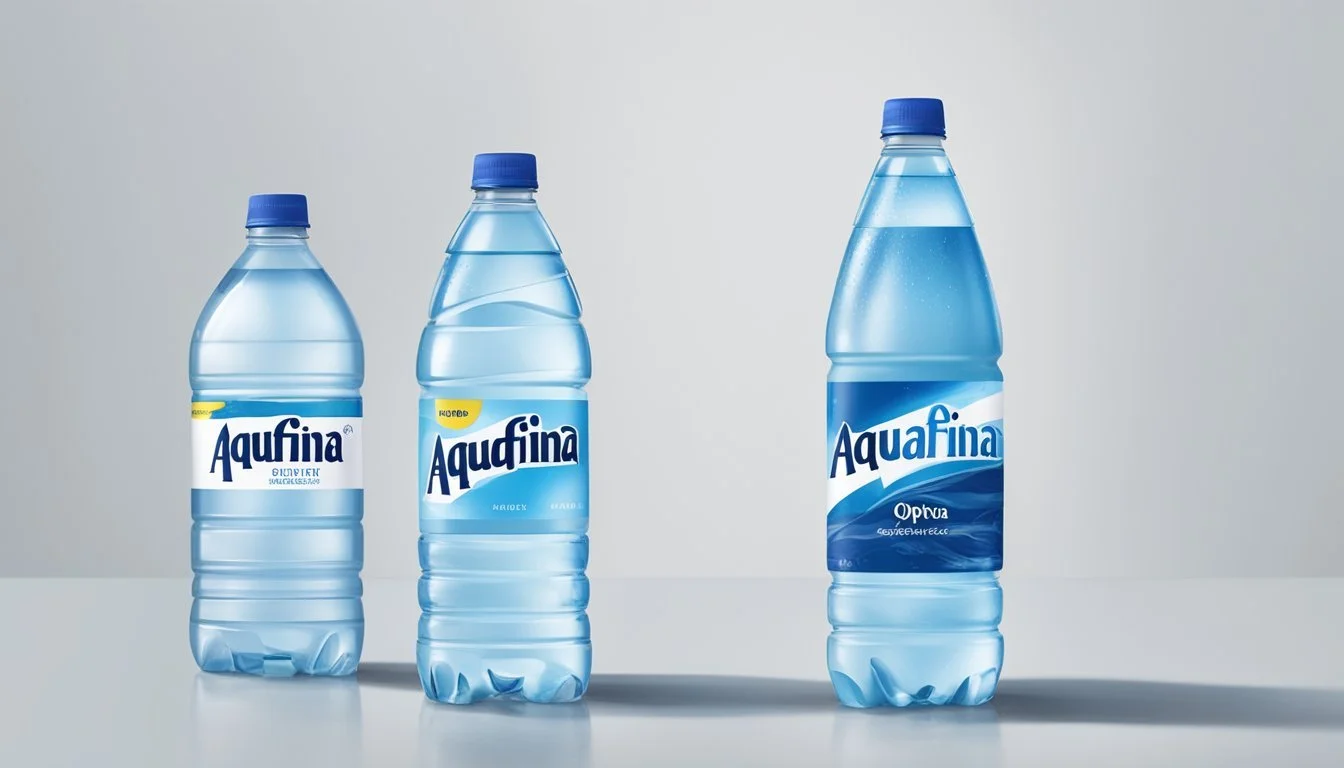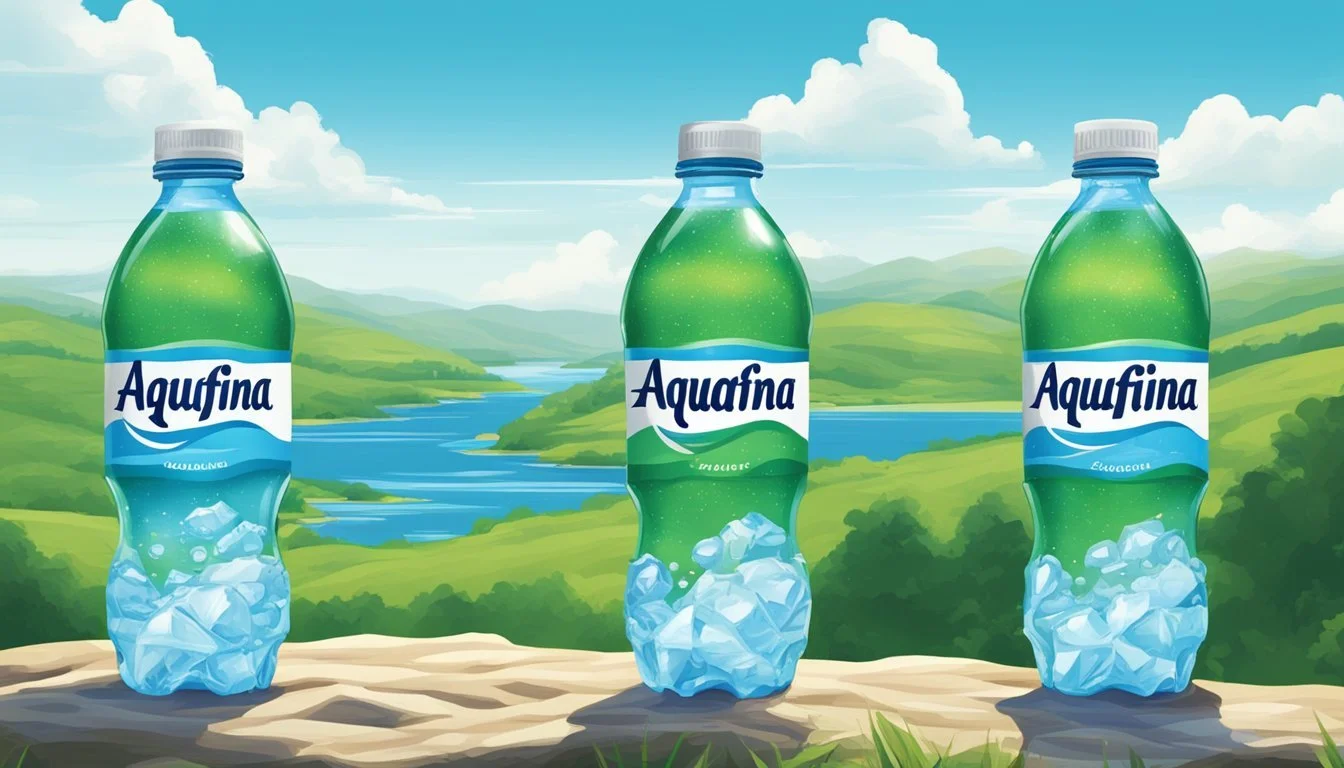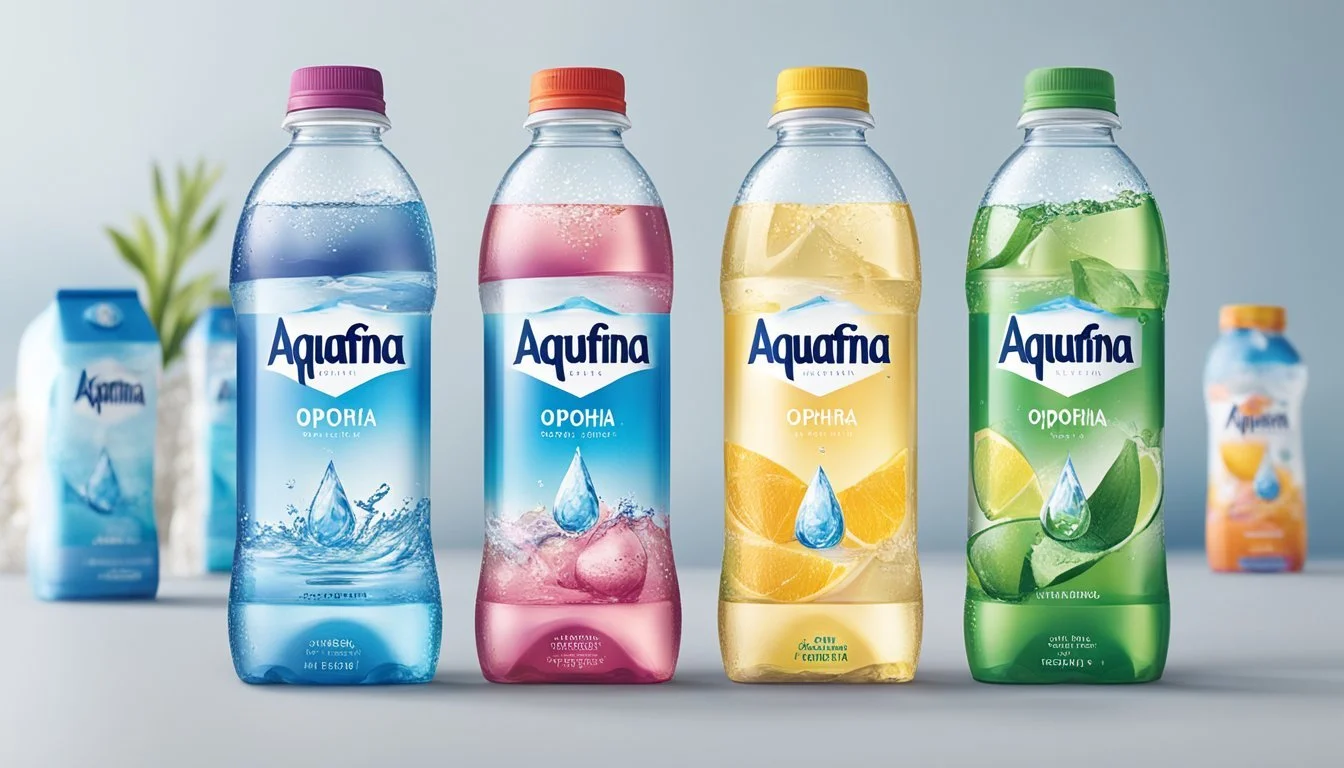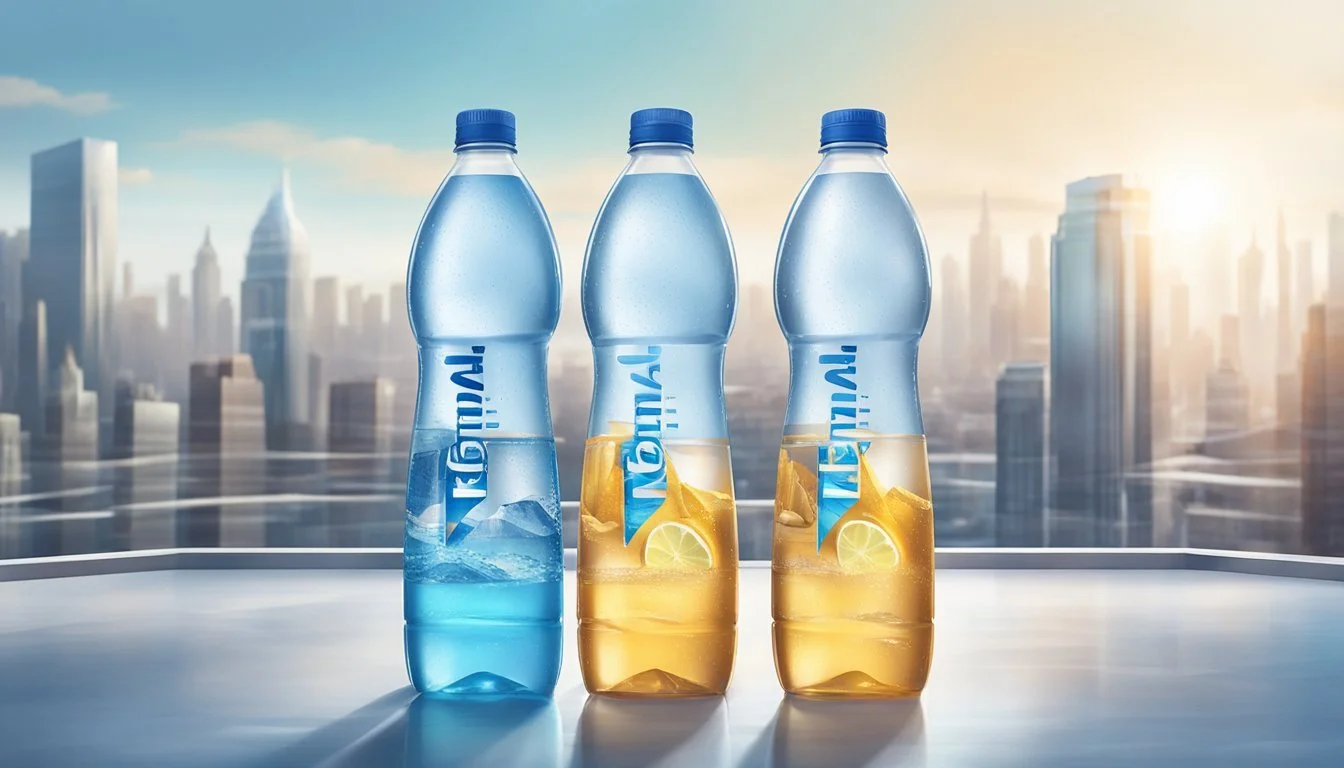Aquafina vs. Ophora
Comparing Premium Bottled Waters
When it comes to choosing the right bottled water, many consumers find themselves comparing popular brands like Aquafina and Ophora. Aquafina, a household name owned by PepsiCo, is known for its purity and affordability. Its wide availability and consistency in taste make it a reliable choice for many.
Ophora, on the other hand, markets itself as a luxury water brand, boasting added oxygen and a unique purification process. While it offers a different experience, it comes at a higher price point. The distinction lies not just in taste, but in the underlying claims of health benefits and quality.
For those deciding between the two, it ultimately boils down to personal preference and budget. Each brand has its own strengths, and understanding these can help consumers make an informed choice.
Understanding Bottled Water
Bottled water comes in various types and qualities. The choices often depend on the source, treatment processes, and mineral content. Understanding these aspects can help consumers make informed decisions.
Different Types of Bottled Water
There are several types of bottled waters, each with distinct characteristics:
Spring Water: Sourced from natural springs, it often contains minerals from underground sources.
Purified Water: Undergoes processes like reverse osmosis or distillation to remove impurities. This includes brands like Aquafina.
Mineral Water: Contains naturally occurring minerals and is usually sourced from mineral springs.
Tap Water: Bottled tap water is treated municipal water.
Each type has its pros and cons based on source and treatment methods.
The Importance of Hydration
Proper hydration is crucial for health. Water aids in temperature regulation, nutrient transport, and waste elimination. Bottled water offers a convenient hydration solution.
Dehydration can lead to fatigue, headaches, and impaired concentration. Drinking sufficient water daily ensures bodily functions work efficiently.
Conveniently available, bottled waters provide an accessible hydration option, especially in regions where tap water quality is a concern.
Key Quality Indicators for Water
When assessing bottled water quality, consider:
Purity: Absence of contaminants like bacteria and chemicals.
Mineral Content: Essential minerals such as calcium and magnesium contribute to health benefits.
Taste: Influenced by mineral content and purification processes.
Source: Trustworthy sources like natural springs or thorough purification processes indicate higher quality.
Assessing these factors helps determine the best choice for health and taste. Brands like Aquafina focus on rigorous filtration while others like Ophora may emphasize unique mineral compositions.
Company Profiles
Aquafina and Ophora are both prominent bottled water brands, but they differ significantly in their origins, manufacturing processes, and unique selling propositions.
Aquafina: Origins and Manufacturing
Aquafina is a product of PepsiCo, launched in the United States. The brand promises purity by undergoing a rigorous HydRO-7 filtration process. This process includes a series of steps designed to remove impurities, resulting in water that meets high standards for drinking.
Aquafina sources its water from public water supplies, which is then processed to ensure clarity and taste. This method contrasts with other brands like Dasani, which uses reverse osmosis. Marketed on a large scale, Aquafina can be found in various sizes, making it a common choice among consumers.
Ophora: Brand Story and Unique Selling Propositions
Ophora's bottled water sets itself apart with a unique focus on health benefits. The brand prides itself on offering water that is not only purified but enhanced with dissolved oxygen and essential minerals. Sourced from pristine springs, Ophora emphasizes quality and wellness.
Ophora's high pH level and oxygenation process aim to provide superior hydration and potential health benefits. This distinct approach to bottled water differentiates Ophora from mass-market brands like Nestlé and Aquafina. It appeals to health-conscious consumers willing to invest in premium water options.
Water Quality Analysis
The key points of comparison in the water quality analysis of Aquafina and Ophora focus on filtration and purity, pH levels and mineral content, tasting notes, and health benefits.
Filtration and Purity
Aquafina uses a rigorous purification process. It includes reverse osmosis, ozonation, and carbon filtration. This multi-step process ensures that the water is free from contaminants and impurities, achieving near-total purity.
Ophora takes a different approach by enhancing its filtration system. It incorporates advanced filtration with oxygenation and remineralization. Ophora aims to retain beneficial minerals while removing harmful substances, resulting in a water that is pure yet mineral-rich.
Comparison: Both brands prioritize purity, but Ophora's advanced oxygenation and retention of beneficial minerals may offer an edge in providing a more balanced product.
PH Levels and Mineral Content
Aquafina has an acidic pH level averaging around 5.6 to 7. It undergoes extensive filtration, which strips away most minerals, leaving it with very low total dissolved solids (TDS). This may be ideal for those preferring water with minimal mineral content.
Ophora maintains a more alkaline pH level, generally around 8. It includes naturally occurring minerals like calcium and magnesium. The higher pH and mineral content are often marketed as being beneficial for balancing the body's acidity levels and improving hydration.
Comparison: Aquafina's low mineral content and neutral pH may appeal to those looking for pure hydration, while Ophora offers potential health benefits with its higher pH and mineral richness.
Tasting Notes and Aftertaste
Aquafina offers a clean, crisp taste due to its high level of purification. The absence of significant minerals results in a neutral flavor, which some may find refreshing. There is generally no aftertaste.
Ophora has a distinct taste attributed to its mineral content and oxygenation process. It provides a slightly sweet and fresh flavor. The presence of minerals can leave a mild but pleasant aftertaste that lingers.
Comparison: Aquafina's neutral taste is preferable for those who dislike mineral flavors, while Ophora's subtle sweetness and mild aftertaste might be appealing to those who enjoy a more flavorful hydration experience.
Health and Antioxidant Properties
Aquafina does not specifically promote health benefits beyond providing hydration. The lack of minerals might be a drawback for those seeking nutritional benefits in their water.
Ophora markets its products as having enhanced health properties. The minerals like calcium and magnesium contribute to overall well-being. Additionally, the oxygenation process is claimed to have antioxidant properties, which may help in neutralizing free radicals.
Comparison: Aquafina offers reliable, pure hydration but lacks in added health benefits. Ophora provides potential health advantages with its mineral content and antioxidant claims, making it a favored option for health-conscious consumers.
Comparison and Contrast
Aquafina and Ophora cater to different segments of the bottled water market with distinct characteristics in taste, packaging, environmental impact, and price. Their differences highlight the unique attributes of each brand.
Taste Test Head-to-Head
Aquafina:
Purified through a rigorous seven-step process to ensure clean and crisp flavor.
Often described as having a neutral taste, suitable for those who prefer a simple, straightforward water.
Ophora:
Known for being oxygenated and infused with essential minerals.
Offers a more complex palate, catering to consumers who enjoy a richer, layered taste in their water.
Comparing their profiles reveals that taste preference largely depends on whether one favors a neutral profile (Aquafina) or a more robust, mineral-rich experience (Ophora).
Packaging and Environmental Impact
Aquafina:
Commonly available in lightweight plastic bottles.
Recently introduced eco-friendly packaging options, including recycled plastics and initiatives to reduce plastic usage.
Widely available in various sizes for convenience.
Ophora:
Uses more premium packaging materials, such as glass bottles, reducing plastic waste.
Emphasizes sustainable practices, ensuring their production process minimizes environmental harm.
Products are designed to appeal to environmentally conscious consumers.
Aquafina's recent steps towards sustainability show a commitment to reducing its footprint, while Ophora's high-end packaging demonstrates a stronger focus on eco-friendly options from the outset.
Price Point Analysis
Aquafina:
Positioned as an affordable, everyday water brand.
Prices range from $1 to $2 per bottle, making it accessible to a wide audience.
Available in bulk for cost savings.
Ophora:
Positioned as a premium product with higher costs.
Individual bottles can range from $3 to $5, reflecting its upscale market positioning.
Emphasizes quality and added health benefits to justify the higher price.
The price difference between Aquafina and Ophora highlights their market positioning, with Aquafina providing value and accessibility, and Ophora targeting consumers willing to pay more for perceived quality and health advantages.
Consumer Preferences and Trends
Consumers often choose bottled water based on brand reputation, taste, and availability. Market popularity and loyalty to specific water brands can significantly impact purchasing decisions, as can the variety and placement of bottled water in grocery stores.
Market Popularity and Brand Loyalty
Aquafina and Ophora are two prominent brands in the bottled water market. Aquafina, produced by PepsiCo, is recognized for its wide availability and consistent purification process. It is often favored for its neutral taste and affordability.
Ophora, meanwhile, distinguishes itself with higher-priced options that emphasize purity, health benefits, and advanced filtration methods. This brand appeals to consumers who prioritize these aspects and are willing to spend more.
Brand loyalty, often driven by consistent quality and perceived health benefits, plays a crucial role in consumer choices. Aquafina enjoys a broad consumer base due to its affordability and brand recognition. In contrast, Ophora has a dedicated following among health-conscious buyers who place high importance on water quality and purity.
Bottled Water in Grocery Stores
The placement and variety of bottled water brands in grocery stores heavily influence consumer purchases. Major chains often allocate significant shelf space to popular brands like Aquafina, ensuring easy accessibility for shoppers. Aquafina’s presence in virtually all major grocery stores underscores its mass appeal.
Ophora, though not as widely available, is frequently found in health food stores and upscale supermarkets. This selective distribution highlights its premium positioning in the market.
Grocery stores also strategically use promotions and discounts to drive sales of specific brands. Consumers often make purchasing decisions based on these factors, alongside packaging and branding that highlight unique selling points, such as mineral content or pH levels.
In summary, the dynamics of bottled water preferences are shaped by brand loyalty, perceived benefits, and accessibility in retail environments.
Environmental Considerations
Examining the environmental impacts of Aquafina and Ophora involves understanding their sustainability efforts and the broader implications of bottled water on the environment. This section covers how each brand approaches sustainability and the environmental footprint of their products.
Sustainability Efforts by Brands
Aquafina, produced by PepsiCo, has made various strides toward sustainability. PepsiCo aims to make 100% of its packaging recyclable, compostable, or biodegradable by 2025. The brand is also involved in initiatives to reduce plastic waste and improve water-use efficiency.
Ophora, specializing in ultra-purified water, often uses glass bottles, which are more sustainable than plastic as they are easier to recycle and contribute less to plastic pollution. Furthermore, glass bottles have less environmental impact if properly reused and recycled.
Both brands are working toward reducing their carbon footprint through improved packaging and more efficient production processes. However, bottled water production inherently poses environmental challenges that need constant addressing.
The Impact of Bottled Water on the Environment
Bottled water, regardless of the brand, has significant environmental impacts. The production and disposal of plastic bottles contribute to pollution and waste. Even though Aquafina uses recyclable plastic, not all bottles are recycled properly, leading to environmental pollution.
Natural spring water sources, often used by brands like Ophora, can become depleted if not managed sustainably, affecting local ecosystems. Transport of bottled water, especially in glass bottles due to their weight, also increases the carbon footprint as it involves significant energy consumption.
Boxed water is emerging as an alternative, aiming to reduce plastic waste. However, challenges remain with its adoption and the comparative environmental benefits. Consumers should consider these factors when choosing bottled water to understand the broader environmental context.
Advanced Filtration Processes
Aquafina and Ophora both utilize sophisticated filtration methods to ensure the purity and quality of their bottled water. These processes involve multiple stages of filtration, each designed to remove impurities and enhance taste.
From Spring to Shelf: The Journey of Bottled Water
Aquafina employs a HydRO-7 filtration process, which is a seven-step purification system. This method includes carbon filtration, reverse osmosis, and ultraviolet light treatment. Each step is designed to eliminate contaminants and ensure a clean, crisp taste.
On the other hand, Ophora focuses on obtaining water from natural springs and then applying multiple filtration methods. These often include carbon filtering to remove organic compounds, and ultraviolet light to kill bacteria and viruses. The water is then enriched with minerals to enhance its natural properties before being bottled.
Technological Innovations in Water Filtration
Aquafina's HydRO-7 process is a prime example of how technology is used to purify water. This system not only removes chlorine and dissolved solids but also enhances the water's taste by employing multiple layers of filtration.
Ophora integrates advanced filtration technology with a focus on maintaining water's natural qualities. Their use of oxygenation and ionization processes aims to restore the water’s original structure and improve its health benefits. This combination of traditional and modern methods sets Ophora apart, offering consumers a unique bottled water experience.
These advanced filtration techniques, utilized by both Aquafina and Ophora, underscore their commitment to providing high-quality and safe bottled water to consumers.
Future of Drinking Water
The future of drinking water is poised for significant advancements. Technologies in filtration are becoming more sophisticated, aiming to remove an increasing number of contaminants from water sources. Innovations such as advanced reverse osmosis and nanofiltration promise higher efficiency in delivering safe drinking water.
Water scarcity is another critical issue driving change. Companies are investing in desalination technologies to convert seawater into drinkable water. Improved energy-efficient methods are in development to make these solutions more sustainable.
Another fascinating development is smart water bottles. These devices monitor water quality in real-time, alerting consumers to any potential contaminants.
Consumer preferences are also shifting. There is a growing demand for water with added benefits, such as enhanced minerals or alkaline properties. This trend may push brands to diversify their offerings.
Less reliance on plastic packaging is another emerging focus. Alternatives like biodegradable bottles and reusable containers are gaining popularity. Legislation and consumer awareness are driving this push towards sustainability.
Additionally, blockchain technology may play a role in verifying water source authenticity, reassuring consumers about the quality and origin of their water.
In short, the future of drinking water will be shaped by technological innovation, sustainability efforts, and evolving consumer preferences.

